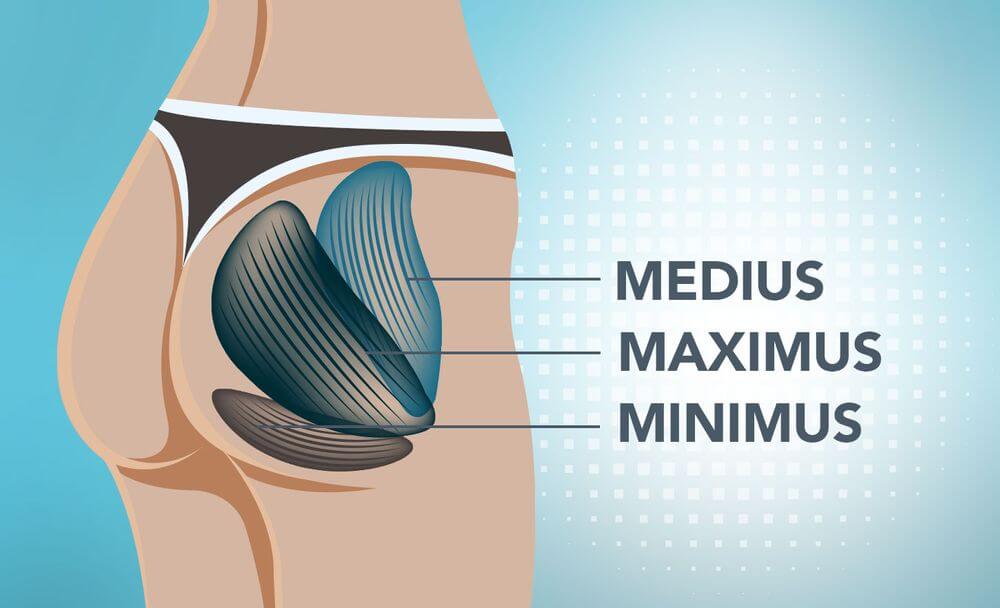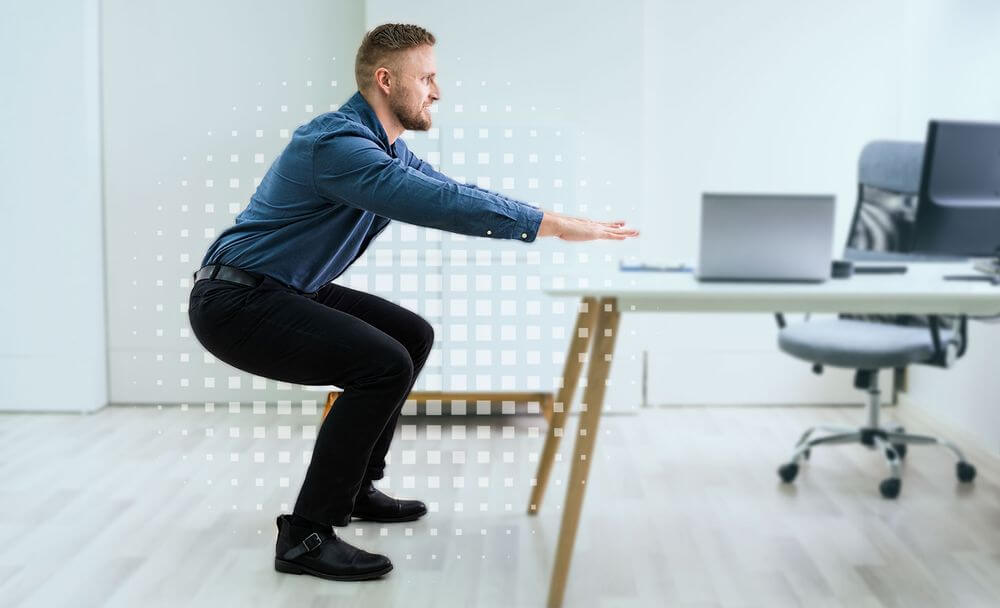Our Experts

Why Sitting A Lot Might Lead to ‘Dead Butt Syndrome’
What are you doing right now? While there’s a slight chance you’re on a treadmill or exercise bike, statistically there’s a much greater chance you’re sitting at your desk in front of a computer or on your couch with your phone in your hand. The sedentary lifestyle that has become so pervasive in our culture has led to an array of health issues – from cardiovascular and diabetes problems to sleep and other issues. Given the long hours spent sitting on the gluteus maximus, is it any wonder that gluteal amnesia, also known as “dead butt syndrome,” is a real condition that occurs when the gluteus medius – one of the three main muscles in the booty – stops firing correctly?
You Lose Feeling in Your Rear End
Sitting all the time is bad for your body for so many reasons – you gain weight, it causes problems with your arteries, it can contribute to high blood pressure and diabetes, and it can cause your muscles to change in negative ways. In the case of gluteal amnesia, sitting for long periods of time make your hip flexors very tight. That in turn makes the opposite muscles, your gluteal muscles, lengthen and deaden. Ultimately, this process causes the gluteal muscles to not generate enough force when you try to engage them.

How to Tell If Your Glutes Are Unengaged
While working out and staying active certainly makes you less vulnerable to gluteal amnesia, no one is immune. This is largely because of the poor posture most of us have – rounded shoulders, slumped back, and an unengaged core. This posture means not only are we not engaging our core, but we’re also not engaging our glutes either, which is the biggest contributor to gluteal amnesia.
Signs of gluteal amnesia include:
- Your hamstrings cramp, are sore, or are tight following a workout that was intended for your glutes – this is because your hamstrings are picking up the slack for your weakened gluteal muscles.
- When doing a squat in front of the mirror, you notice your knees aren’t directly in line with your toes and have extended over them. Gluteal amnesia presents itself when you’re performing a squat by letting the knees cave inward or by forcing a curve in your back.
- Stand straight and imagine you’re wearing a belt. If that imaginary belt tilts toward the floor in the front of your body, you probably have gluteal amnesia. This posture is called an anterior pelvic tilt and it means your glutes are not engaged. Your imaginary belt, if your glutes are working properly, should be parallel to the ground.
Stand Up and Get Moving!
Gluteal amnesia is reversible, but you have to do the correct exercises to make a significant difference. There are several exercises you can do that would correctly and effectively strengthen your glutes and engage your core, but not all exercises are right for everyone based on personal health and previous injuries. Talk to your doctor or a qualified physical therapist to determine which exercises are right for you.

To avoid gluteal amnesia, take frequent breaks from your chair throughout the day. Get up and walk around, or do some stretches at your desk.








